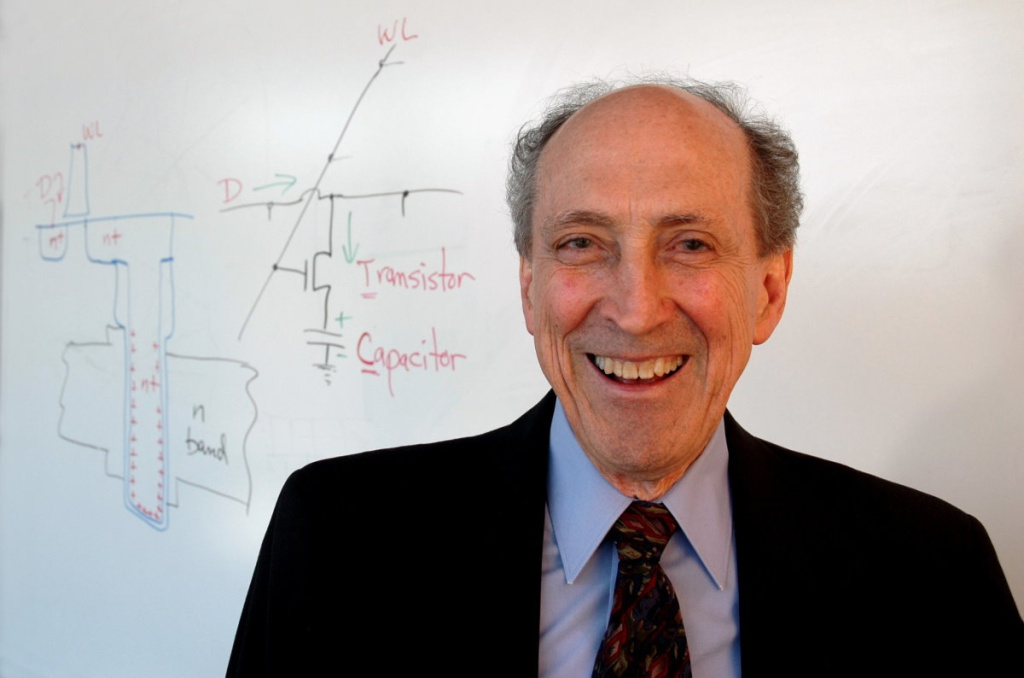Your cart is currently empty!

Robert Dennard (1932-2024), father of DRAM and the famous scaling law
A great pioneer of MOSFET technology has passed away.
Conceived in 1966 and patented in 1968, dynamic random access memory (DRAM) was an instant hit. Faster, higher capacity and cheaper, the new type of memory wiped clunky magnetic technologies off the map in a matter of years. By the mid-1970s, DRAM was the standard. Since then, it has grown into a large family of modules and form factors found in consumer devices, servers and the world’s most advanced AI chips.
The invention of DRAM was the crowning achievement of Robert Dennard (1932), who spent his extraordinarily long professional career at IBM. As a student, he initially showed little interest in electrical engineering, but when he got a chance to get into university on a music scholarship (he played French horn), the young Texan took to the burgeoning fields of circuit design and semiconductor technology. He would bestow them with a lasting legacy.


